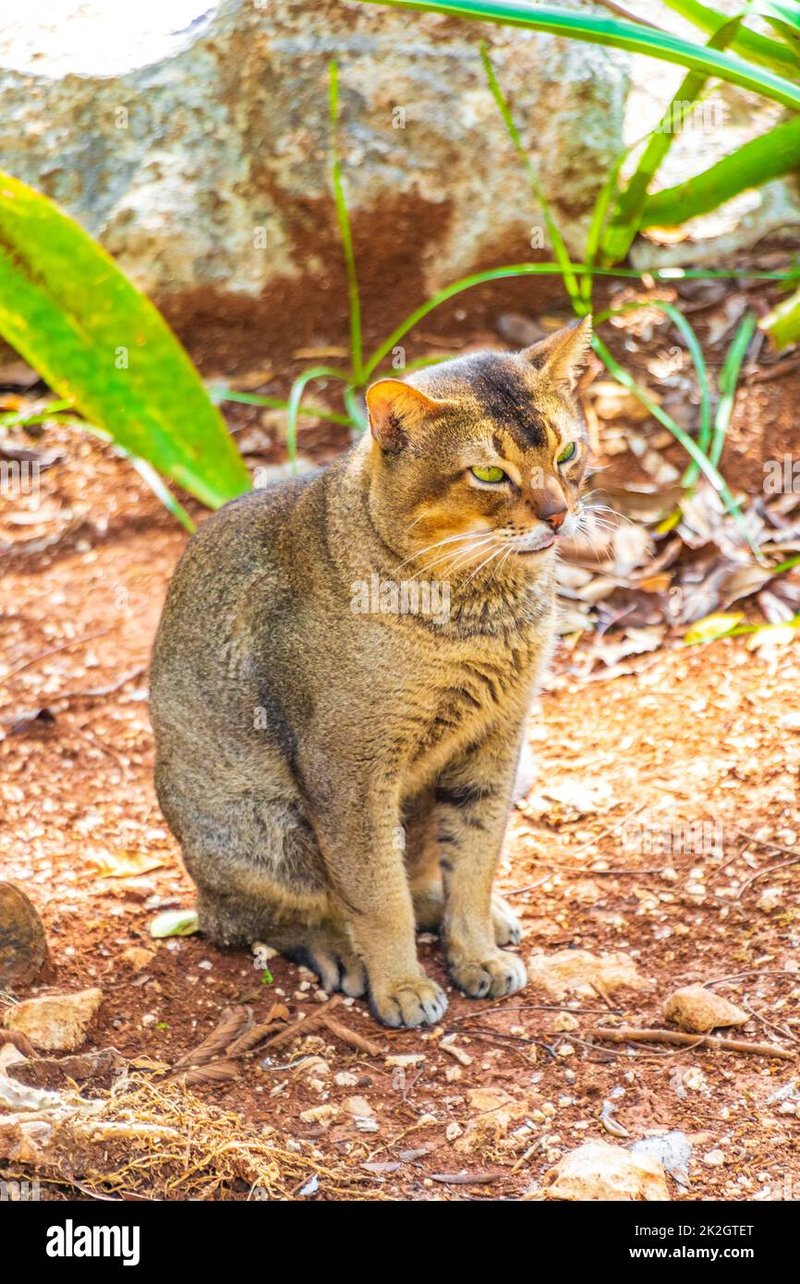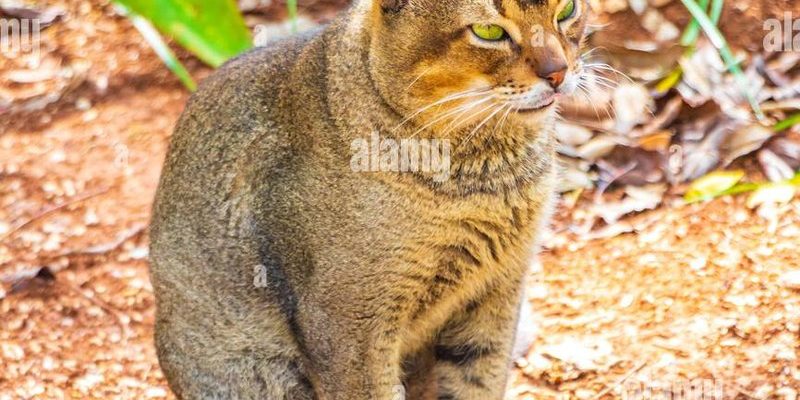
Now, you might wonder why the jungle cat deserves our attention. Each species in an ecosystem contributes to its stability and function, and the jungle cat is no exception. It helps balance populations of prey animals and supports the overall health of the habitats it lives in. Let’s dive deeper into understanding just how crucial the jungle cat is to its ecosystem.
Understanding the Jungle Cat
The jungle cat (*Felis chaus*) is a versatile feline that thrives in various habitats, from dense forests to wetlands. Often mistaken for a domestic cat, it boasts longer legs, a tawny coat, and distinctive tufted ears. These features help it blend seamlessly into its environments, making it a formidable hunter.
Honestly, these cats are more than just good looks; they’re well-adapted to their surroundings. Did you know jungle cats are excellent swimmers? They often hunt in water, targeting fish and amphibians. Their diet also includes small mammals and birds, making them opportunistic feeders. This adaptability enables them to thrive in diverse conditions, and it’s a big part of why they play such a critical role in their habitats.
Moreover, jungle cats tend to be solitary creatures. They establish territories and communicate through scent marking and vocalizations. This solitary nature means they are less likely to compete with other carnivores for food, but it also means that they have a singular focus on their role as predators in their local ecosystem.
The Role of Jungle Cats in Predation
You might be wondering how the jungle cat contributes to the food web. As predators, jungle cats help control the populations of rodents and other small animals. If left unchecked, these populations could explode, leading to overgrazing and other ecological imbalances. Think of the jungle cat as nature’s pest control; without it, the balance of the ecosystem would be thrown out of whack.
For instance, when jungle cats hunt rodents, they also indirectly support plant life. With fewer rodents around to munch on crops and wild plants, flora can thrive. This, in turn, supports other wildlife, creating a healthier ecosystem for everyone involved.
Moreover, by keeping prey populations stable, jungle cats help ensure that resources are distributed sustainably. This balanced dynamic allows for a variety of species to coexist—each fulfilling its niche.
The Impact of Habitat Loss
Despite their important role, jungle cats face significant threats, primarily from habitat loss due to urbanization and agriculture. As their habitats shrink, the delicate balance they help maintain becomes jeopardized. You might think of it this way: if our cat detective suddenly lost its home, how could it catch its prey or defend its territory?
Habitat destruction not only affects jungle cats directly but also impacts everything around them. Reduced habitat means fewer prey animals, which can lead to increased competition among remaining predators. If jungle cats can’t find enough food, their populations may decline, leading to a cascade of effects throughout the ecosystem.
This is why conservation efforts are vital. Protecting jungles, wetlands, and other natural habitats means safeguarding the entire community of organisms that rely on each other for survival.
Jungle Cats and Biodiversity
Biodiversity is the lifeblood of healthy ecosystems, and jungle cats play a vital role in supporting it. Their presence ensures a diverse array of species can thrive in their habitats. Imagine you’re at a party with just one type of snack—eventually, you’d get bored! The same goes for ecosystems—more diversity leads to a richer, more resilient environment.
When jungle cats fulfill their predator role, they help maintain species richness. They do this by preventing any one species from dominating an ecosystem, thus allowing various plants and animals to coexist. This balance is especially important as it can help ecosystems adapt to changes, like climate shifts or disease outbreaks.
In addition, the presence of jungle cats often indicates a healthy environment. Areas where these cats thrive generally support a variety of other species, making them key indicators of ecosystem health.
Human Interaction and Conservation Efforts
As we interact more with the natural world, understanding and protecting jungle cats becomes crucial. Human activity poses challenges, from hunting to habitat encroachment. It’s easy to forget how our actions influence the delicate balance of nature.
Conservation efforts for jungle cats focus on habitat protection, educating local communities, and creating wildlife corridors that allow these cats to traverse between territories safely. You might be surprised to learn that simple actions, like supporting local wildlife initiatives or spreading awareness about the importance of these animals, can make a significant difference.
As we become more aware of our impact on the environment, we can find ways to coexist with creatures like the jungle cat. After all, we are all part of the same ecosystem, and it’s in our best interest to protect it.
The Future of Jungle Cats
Looking ahead, the future of jungle cats rests in our hands. With ongoing conservation efforts and increased awareness, there’s hope for these remarkable animals. They symbolize not just beauty and grace but also the intricate balance of nature that we must strive to protect.
Here’s the thing: every little effort counts. Whether it’s supporting conservation programs, promoting awareness, or just educating ourselves and others about the significance of jungle cats, we can play a role in ensuring these fascinating felines continue to thrive.
In summary, jungle cats are more than just fascinating creatures; they are vital players in their ecosystems. By understanding their roles and advocating for their protection, we ensure the continuation of a healthy, balanced environment for all species, including ourselves. Protecting the jungle cat ultimately means protecting the entire ecosystem, a cause worth rallying behind.

